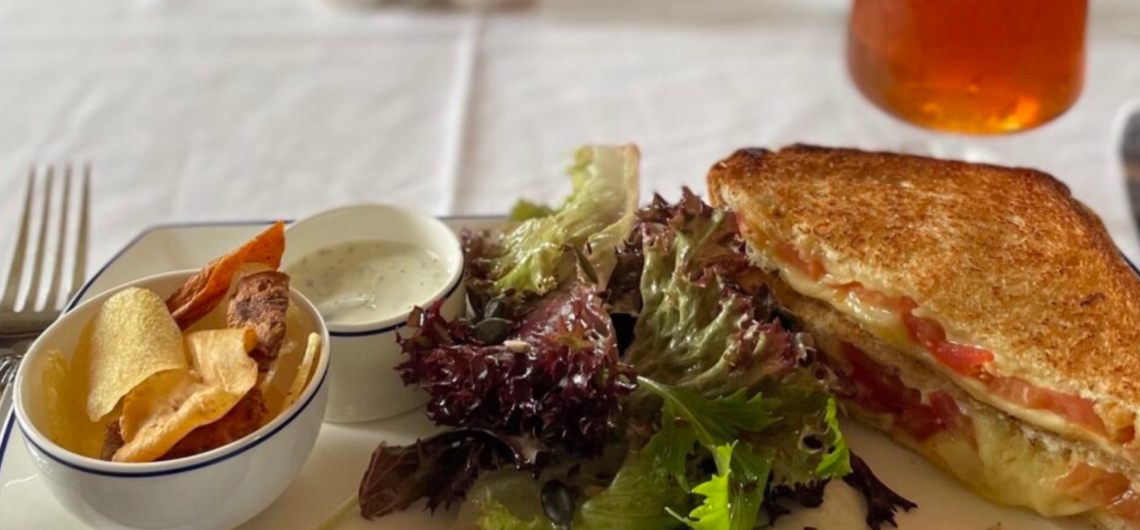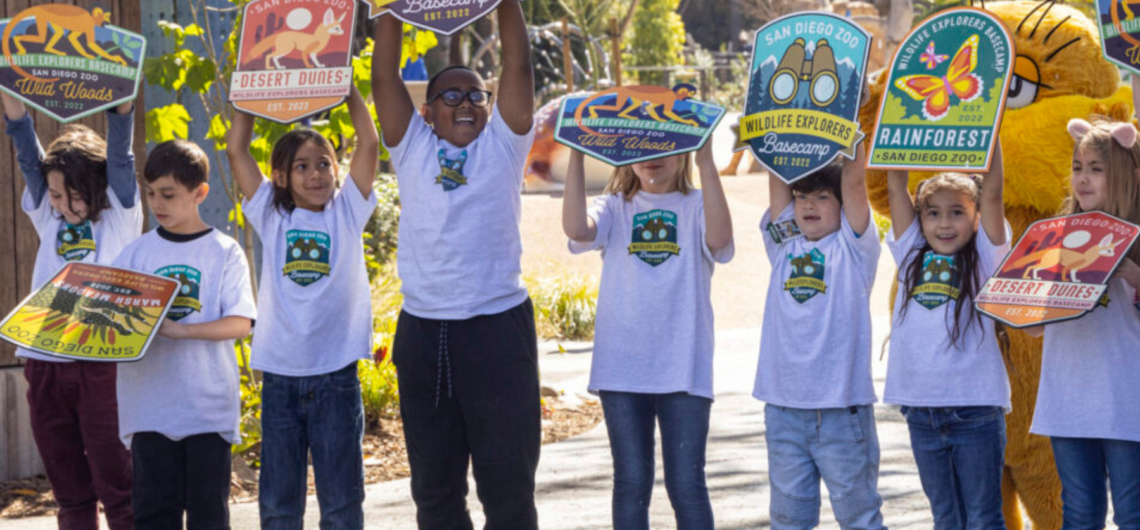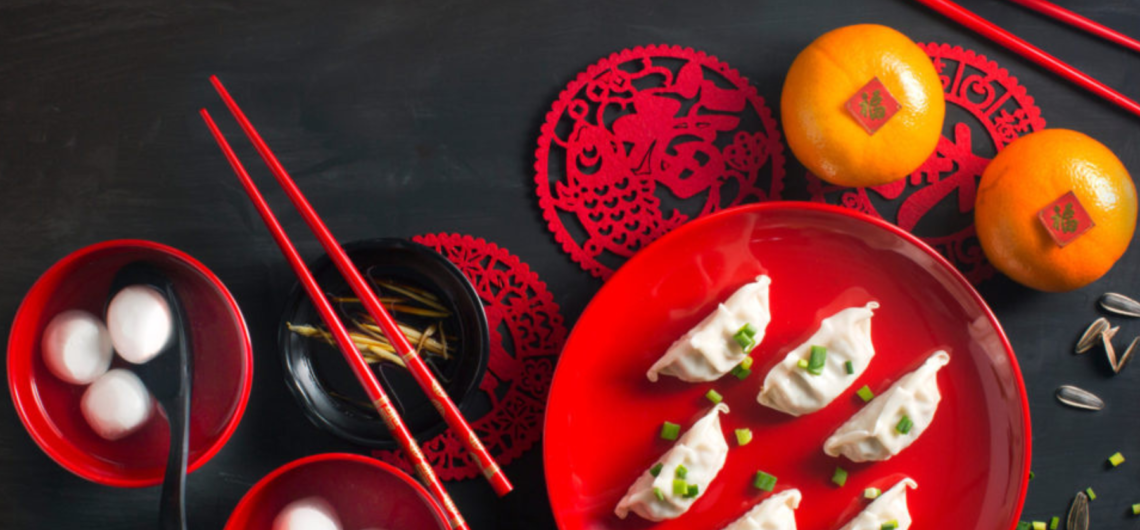Montreal is a city famous for its food. Boasting a culinary scene that’s at the forefront of innovation, it’s just one of the many reasons this cosmopolitan city is high on any traveller’s wish list. Foodie’s come from far and wide to experience the city’s tried-and-tested favorites, classics with a twist and unusual flavor combinations.
Irish food is underrated. Most think of fish and chips, potatoes or hardy soda bread when the Emerald Isle’s cuisine comes to mind. While those are delicious, Éire is also a county of fresh seafood, farm to table fare, and artisan sweets. While I explored Ireland, I sampled some of their best regional eats and
Just in time for summer, the San Diego Zoo opened its new Wildlife Explorers Basecamp. Built on the site of the former Children’s Zoo, this three acre interactive exhibit is designed to educate guests of all ages on wildlife conservation. It especially caters to kids, showing them the role they play in creating a world
The Lunar New Year is Sunday, January 22nd. The holiday is determined by a traditional Chinese calendar, which is based on the moon’s cycle and the Earth’s course around the sun. It falls on the second new moon after winter solstice. Each Lunar New Year is associated with an animal; 2023 is the year of





